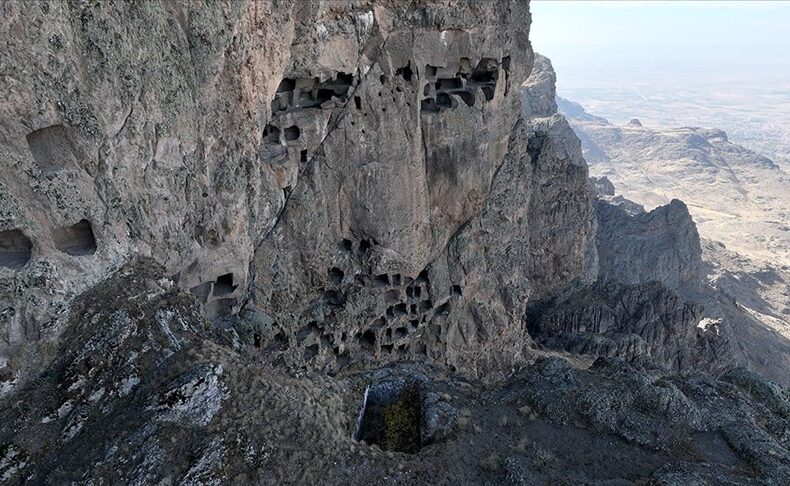
Was Öksüt Castle Once a Hittite Stronghold? Local Experts Reconsider the Origins of a Massive Rock-Cut Fortress in Central Anatolia
High on the southern slopes of Mount Erciyes, the vast rock-cut complex of Öksüt Castle dominates the landscape with a network of carved chambers, tunnels, cisterns, and multi-level passageways. Although long known to the local population, the fortress is once again drawing attention as scholars and heritage specialists revisit longstanding claims of a Hittite-era origin

It was thought to be an ordinary water source: the Roman Pool of Bahçeli turns out to be a healing sanctuary
Eighty years after the last excavation, the Roman Pool in Bahçeli, a town near Bor in Niğde Province, has revealed an entirely new identity. Once believed to be a mere component of Tyana’s water supply system, the monumental pool has now been identified as part of a Roman healing sanctuary dedicated to the god Asklepios

Before the Hittites: 8,000-Year-Old Rock Art Discovered in Central Anatolia
Archaeologists have discovered prehistoric rock engravings estimated to be around 8,000 years old in the Develi district of Kayseri, a region located in the heart of Central Anatolia. The discovery, now awaiting official registration, offers rare insight into one of the earliest symbolic traditions known in the region—long before the rise of the Hittite civilization.
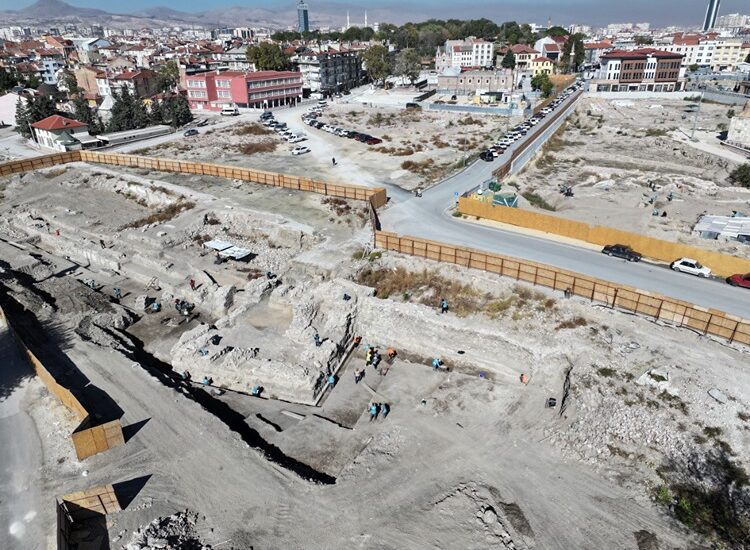
Foundation of One of the Twelve Gates Built Against the Mongol Threat Unearthed in the Seljuk Capital Konya
Archaeological excavations in Türkiye’s central city of Konya have brought to light the foundation of one of the twelve monumental gates that once guarded the Seljuk capital during the reign of Sultan Alaeddin Keykubad I (r. 1220–1237). The newly uncovered structure, identified as the Larende Gate, formed part of the outer defensive walls commissioned by

A 5,000-Year-Old Pithos Grave in Küllüoba Reveals a Hand Relief with a Missing Finger — A Possible Symbol of Mourning
Archaeologists working at Küllüoba Mound in Türkiye’s Eskişehir province have uncovered a striking find that sheds light on the emotional world of Early Bronze Age communities. A 5,000-year-old pithos grave (burial jar) features a hand relief with one finger missing — a detail researchers believe may symbolize an ancient expression of grief or mourning. The
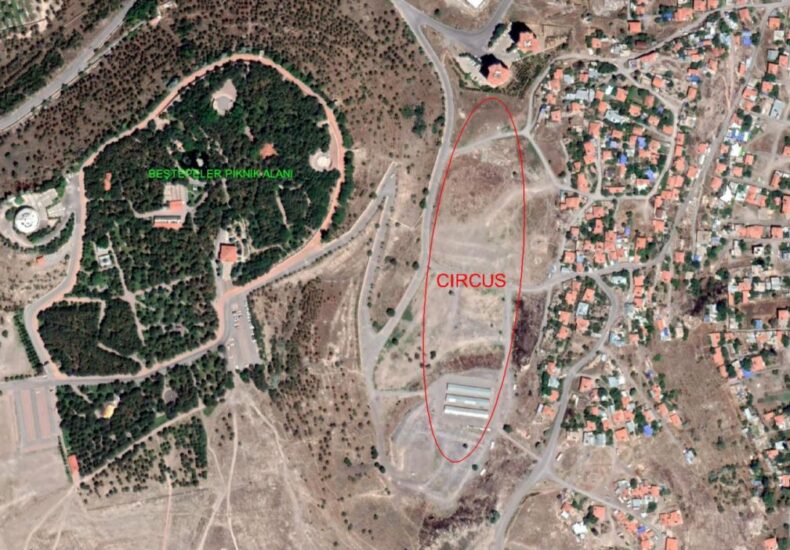
Third Roman Hippodrome in Anatolia Unearthed Beneath the City of Kayseri
Archaeological research conducted in central Türkiye has uncovered the remains of a Roman-era hippodrome beneath the modern city of Kayseri — marking the third known example of such a monumental structure in Anatolia. The discovery offers rare insight into the architectural and social fabric of ancient Caesarea, the capital of the Kingdom of Cappadocia and

Archaeologists Trace Proto-Turkic Presence in Central Anatolia Back 2,600 Years at Kerkenes Mound
In a groundbreaking revelation from the heart of Türkiye, archaeologists working at the Kerkenes Mound in Yozgat’s Sorgun district have uncovered evidence suggesting that the architectural and cultural roots of Proto-Turkic peoples in Anatolia may reach as far back as 2,600 years. The discovery, led by Prof. Dr. Şevket Dönmez under the Ministry of Culture
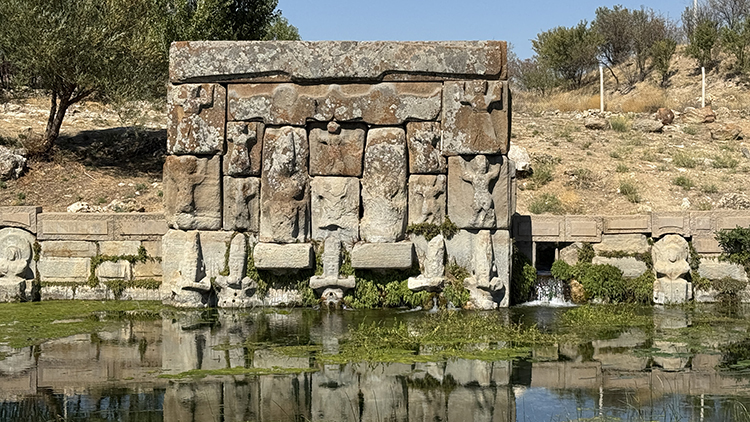
The 3,200-Year-Old Hittite Water Monument Still Flows Despite Drought: Eflatunpınar Defies Time
In the district of Beyşehir in Konya, central Türkiye, the Eflatunpınar Hittite Water Monument, commissioned by King Tuthaliya IV around 1200 BCE, continues to flow after 3,200 years — a striking testament to ancient Anatolian engineering that still resists modern drought. Built directly over a natural spring, the monument combines sophisticated hydraulic planning with deeply
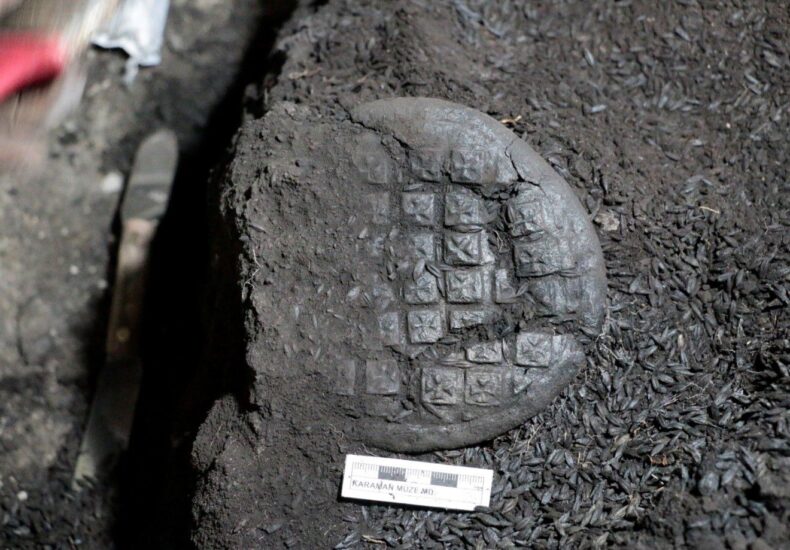
1,300-Year-Old Communion Bread Unearthed in Karaman: Inscribed “With Gratitude to Blessed Jesus”
Archaeologists have unearthed 1,300-year-old Communion bread — decorated barley loaves used in early Christian rituals — in the ancient city of Topraktepe (Eirenepolis), located in Türkiye’s Karaman province.The excavations, conducted under the supervision of the Karaman Museum Directorate and the Turkish Ministry of Culture and Tourism, uncovered five charred loaves dating to the 7th–8th centuries
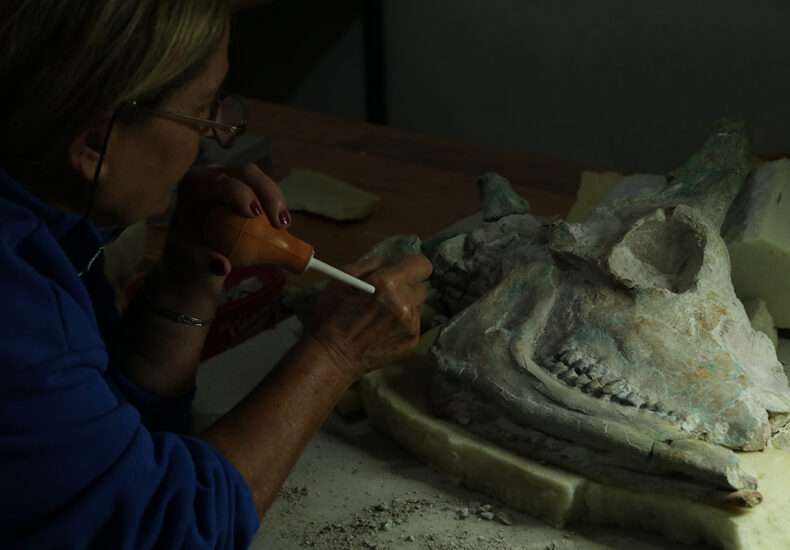
9-Million-Year-Old Giraffe Skull Unearthed in Türkiye’s Çankırı Region: Almost Perfectly Preserved
Archaeologists in central Türkiye have uncovered a nearly complete giraffe skull dating back around 9 million years. The discovery, made at the Çorakyerler Vertebrate Fossil Site, may represent a previously unknown species. A nearly complete giraffe skull fossil estimated to be 9 million years old has been unearthed in Türkiye’s Çankırı province, at the Çorakyerler
